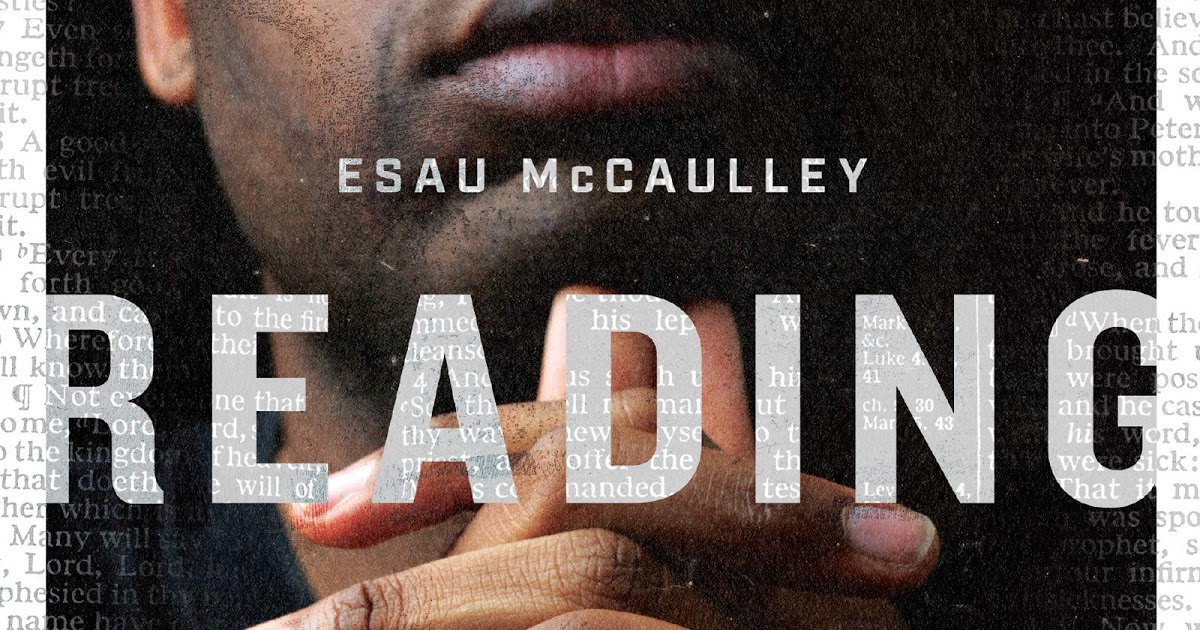“It is precisely because the Christian faith is the recognition of a work of God—a work that began in the dawn of time and continues in this era—that its essence is a fruit of the ages, while its form is the fruit of this age.” So writes the eminent Reformed theologian, Herman Bavinck, as he explains the need for new theologians in each generation to rise up and expound afresh the faith of the church.
Login to read more
Sign in or create a free account to access Subscriber-only content.
Topics:
